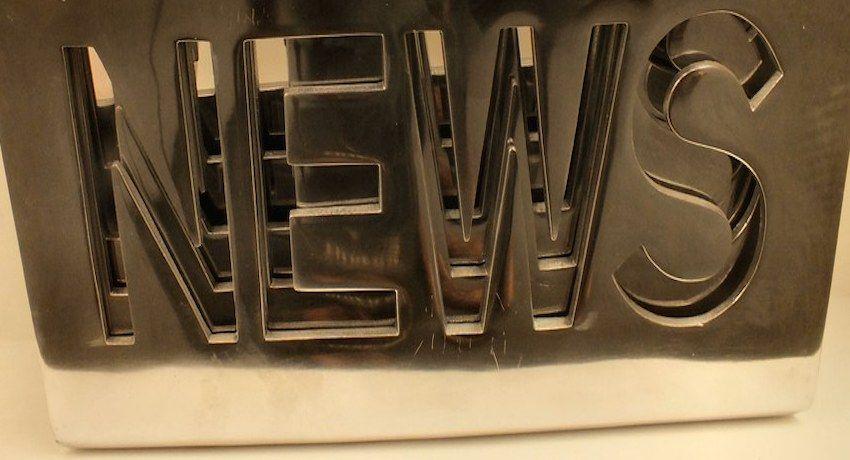
EU Court upholds validity of Community design in Puma v Fujian Shoes dispute
In a recent judgment of 8 May 2024 (T‑758/22), the General Court of the European Union dealt with a design dispute involving the well-known Puma brand and the validity of a Community design for a shoe.
The parties in this case are Puma SE and Fujian Daocheng Electronic Commerce Co. of China.
On 21 April 2021, Puma SE filed an application for a declaration of invalidity of a Community design registered in 2020 by Fujian Daocheng Electronic Commerce Co. Ltd. for a shoe design (N. 008367742). The invalidity claim was based on a lack of individual character of the shoe design when compared to earlier designs already registered by Puma (N. 1286116-0005) and some products it was already selling. However, both the Invalidity Division and the Board of Appeal of the EUIPO rejected the application on the grounds that the overall impression of the designs would be different for the informed user, defined as someone who regularly buys shoes and pays a relatively high level of attention.
Faced with this situation, the German company appealed to the General Court of the European Union, which had to decide whether the design in question had a singular character and was sufficiently different from PUMA's earlier designs to warrant protection.
As regards the singularity of the design, the General Court found that, despite certain similarities, such as the outer sole, the main differences, such as the decoration of the body of the shoe, the low-cut collar and the characteristics of the sole, were sufficient to create a distinctive overall impression. Therefore, the Court upheld the decision of the EUIPO’s Board of Appeal and dismissed Puma’s appeal, holding that the disputed shoe design was unique and had significant differences from the previous designs, which justified its protection as a valid Community design.
EU trade mark dispute: Healthily v Healthies
On 17 April, in case T-288/23, the General Court of the European Union ruled on a trade mark dispute concerning the EU trade mark "Healthily" and the earlier EU trade mark "Healthies".
In October 2002, Unilab LP, a medical diagnostic laboratory based in the United States, applied to the European Union Intellectual Property Office (EUIPO) to register the sign "Healthily" as an EU figurative mark (N. 018324697), covering mainly cosmetics, pharmaceutical products and physiotherapy equipment in Classes 3, 5 and 10 of the Nice Classification.
However, Cofares, a Spanish pharmaceutical cooperative based in Madrid, filed an opposition based on the likelihood of confusion with its earlier EU figurative mark N. 018272799, 'Healthies' which consists of the word element combined with a figurative element (two interlaced Vs in purple and blue), covering pharmaceutical products and medical services in Classes 5 and 44 respectively.
At first instance, the opposition decision upheld the opposition for all the goods covered by the mark applied for, with the exception of the goods in Class 10 (medical furniture and bedding and medical clothing). Unilab LP appealed the decision, but the appeal was again rejected by the EUIPO Board of Appeal on the grounds of likelihood of confusion under Article 8(1)(b) of Regulation 2017/1001. The Board concluded that the signs were visually and phonetically very similar, and therefore could lead to confusion on the part of consumers .
The General Court of the European Union had to determine whether there was a likelihood of confusion between the trade mark applied for, 'Healthily', and Cofares’ earlier trade mark, ‘Healthies'.
The Court considered that the goods covered by the trade mark application in Classes 3 and 5, such as nutritional supplements, hygienic products for medical use and disinfectants, were similar, at least to a low degree, to the pharmaceutical products in Class 5 covered by the earlier mark and to the hygienic and beauty care services in Class 44. As regards the goods in Class 10 of the mark applied for, the Court held that goods such as physiotherapy apparatus and medical and veterinary equipment were similar to those covered by the earlier mark because of their complementary nature. However, it pointed out that certain goods in Class 10, such as medical furniture, bedding, and medical clothing, differed from all the goods and services covered by the earlier mark. This is yet a new reminder that goods can be treated differently even if they are included in the same Nice Classification.
The relevant public for the sake of analysing the risk of confusion between the two marks was determined to be the general public throughout the European Union. In the context of the European Union, which is characterised by multilingualism, it is important to consider the understanding and perception of the linguistic elements of marks by consumers from different countries. For this reason, the Opposition Division had decided to analyse whether the English word 'health' is descriptive or distinctive for the Hungarian, Italian and Spanish public. These three countries were used by the Opposition Division to demonstrate that the conflicting marks could not be understood by at least part of the relevant public. Therefore, the word “health” could not be considered to be descriptive of the products and services commercialised under the mark, meaning that the relevant consumers would not necessarily notice or appreciate the difference between the word elements of the marks.
In addition, the Court assessed the visual and phonetic similarity of the conflicting signs and found that, despite some differences in their endings and figurative elements, there were significant similarities in both aspects. That visual and phonetic similarity, together with the lack of clarity in the meaning of the word 'health' for the relevant public, led to the conclusion that there was a likelihood of confusion between the signs. Therefore, the combination of those factors led the General Court to uphold the decision of the EUIPO Board of Appeal to refuse registration of the mark applied for, 'Healthily'.
Details
- Publication date
- 17 May 2024
- Author
- European Innovation Council and SMEs Executive Agency
